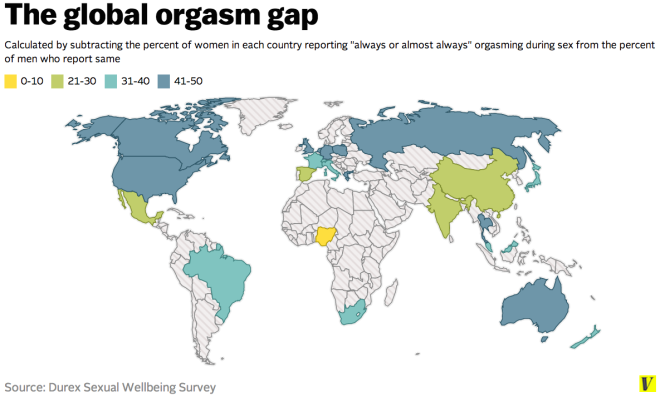Last month, Jacob Harris raged against the rise of “data journalism” created by companies looking for viral media coverage, such as the Durex effort Voxified above:
PR-driven data stories [come] from an opposite direction to traditional data journalism. This is not data that is collected and analyzed in response to specific questions and whose quality is checked before publication, but prebuilt charts pushed to news organizations like press releases and targeted against specific topics like sex, anxiety, and shame that are more likely to elicit clicks. If you’re a company looking for press, why not use those fancy data scientists you hired to also generate some free publicity outside the company? And if you’re a reporter at a news startup who needs to constantly fill the news hole with new material, why wouldn’t you run one of these? Everybody’s happy, even if the data isn’t right.
Today he revisited the topic, wondering why more people aren’t creeped out by companies harvesting and publishing data about them like this:
Remember [that article] about Target figuring out which customers are pregnant [by analyzing what seemingly unrelated products they bought]; it’s hard not to see it as an invasion of privacy even if it’s perfectly legal. Contrast that with this analysis by Jawbone showing how the Napa earthquake affected its users’ sleep. Despite being built on deeply personal information, it doesn’t seem to have raised any ire from readers online. Why?
It’s possible that the difference is wearing a Jawbone is voluntary — but so is shopping at Target. Indeed, I think it’s clear that both companies analyzed personal data that users generally assume is private. It looks like Jawbone managed to sidestep squeamishness by releasing a cool chart instead of boasting about their ability to target individual user’s sleep pattern, although that’s likely something their servers are doing. All of which suggests a golden opportunity for big retailers who didn’t know how to talk about their use of big data without sounding totally creepy. Now they can — with maps!
